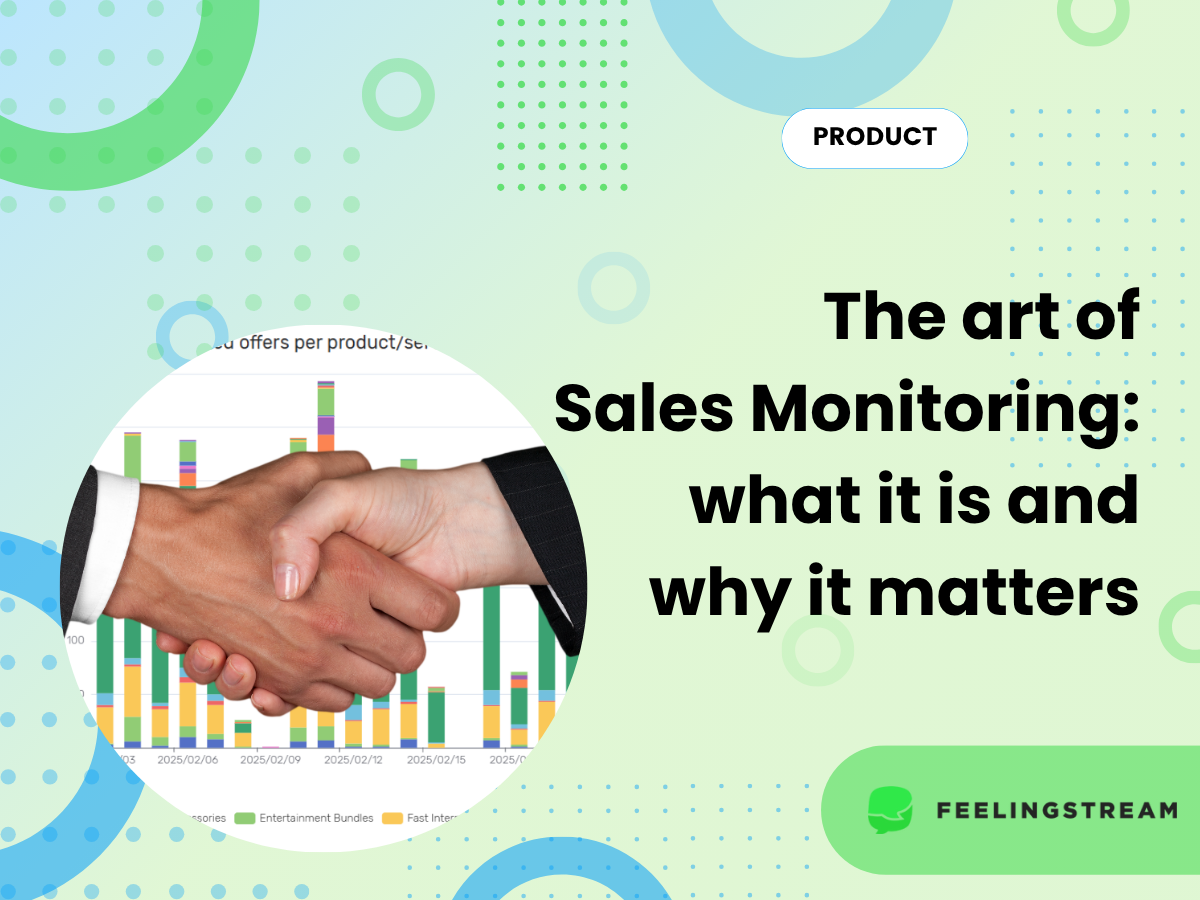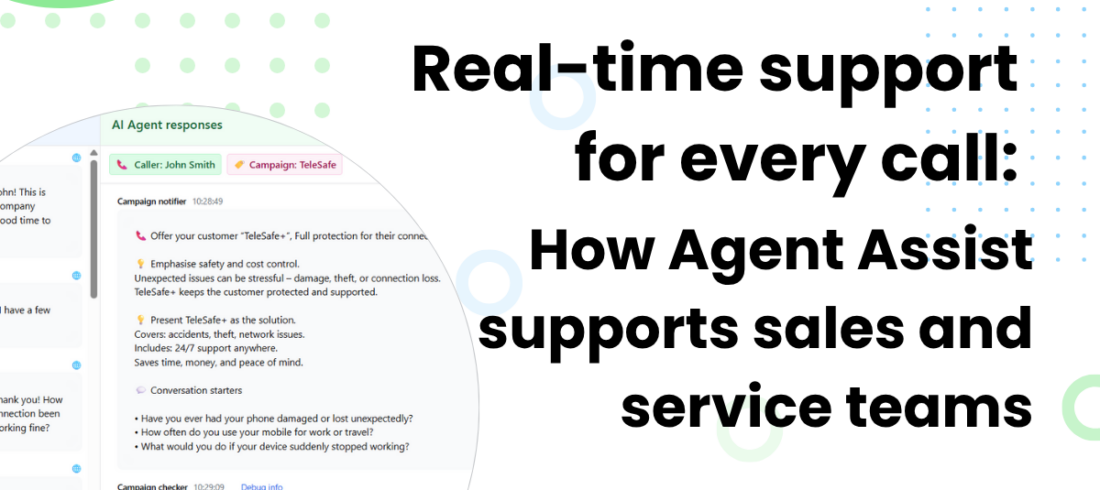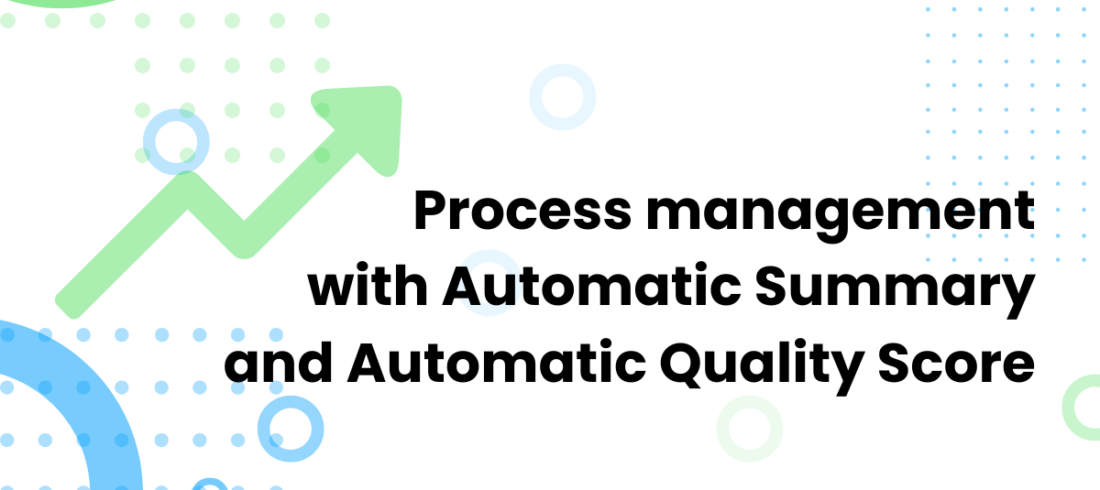Sales is part science, part art, and if we’re honest, part detective work. For many sales team leads, understanding why one agent consistently hits targets while another struggles can feel like solving a puzzle with pieces missing. That’s where automated sales conversation analysis with Sales Monitoring makes all the difference.
We’ve worked with teams who used to rely on a handful of randomly selected calls each week to assess performance. That’s like trying to guess the outcome of a football match after watching only the first five minutes.
Sales Monitoring helps fill in the blanks.
So, what can be done with automated sales conversation analysis?
In simple terms, our automated sales conversation analysis called Sales Monitoring is a structured way to evaluate how sales conversations unfold across all calls, not just a few.
Instead of relying on assumptions, Sales Monitoring focuses on clear markers:
- Was an offer made?
- Did the customer show interest?
- Which product was pitched?
- What kind of argument was used?
- Was the offer accepted?
- If not, what was the reason?
This gives sales leaders and coaches both a big-picture view and the ability to zoom in where it matters most.
One sales lead told us, “Before, we couldn’t explain why some offers didn’t land. Now, I can see patterns in counterarguments and coach accordingly.”
What can you actually do when you use this automated sales conversation analysis?
Here are a few real-world use cases we’ve seen in action:
- Spot training needs – Identify which agents skip making offers or use approaches that don’t perform well.
- Improve sales scripts – Learn from top performers. Which phrases resonate? Which arguments bring results?
- Follow up smarter – Find leads with strong interest who just needed a bit more time or clarity.
- Fine-tune campaigns – Assess which offers work best for each product or customer group.
- Coach with confidence – Base your feedback on all calls, not just a few.
A practical example: best arguments, better results
With automated sales conversation analysis, you don’t have to dig through hundreds of calls to figure out what’s working. The system shows you, automatically, which sales arguments have led to successful deals and which ones haven’t.
Let’s say for Product A, the strongest argument is all about speed of delivery, while for Product B, it’s the long-term savings. You can see this at a glance. You also see which agents consistently use those arguments and how their acceptance rates compare.
From there, you guide the rest of your team. You tweak your scripts. You train new agents using examples from the agents that perform best. This leads to offer acceptance rates climbing and agents feeling more of the win, which is an important motivator.
That is how small changes in messaging with the help of real data can lead to big wins in sales.
The bottom line
Sales Monitoring sales conversation analysis does not mean micromanaging. It is all about seeing what works, spotting patterns as they appear, and guiding your team based on facts, not guesswork. Check out our website to see more.
If you’d like to see what this could look like in your own team, get in touch with us for a demo. We’ll show you how it works and what kind of insights you can expect right from the start.




